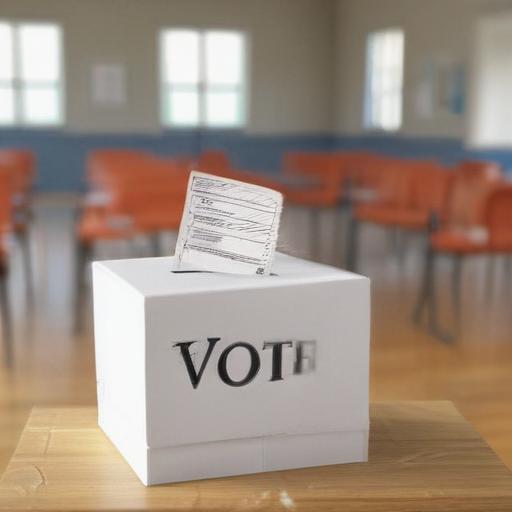In Midland, voters decisively turned down a bond proposal by a 2-to-1 margin, reflecting growing concerns over school spending priorities. Local resident and landlord Doug Loose criticized the proposal for including too many items of short-term value, specifically noting that significant resources were allocated for athletic upgrades, which he believes do not attract community engagement beyond school families.
Loose also expressed concerns about how the cost of the bond would translate into higher rent for tenants, emphasizing the impact on local landlords and the affordability of housing.
In response to the outcome, Phil Rausch, President of the Midland Public Schools Board of Education, along with Superintendent Penny Miller-Nelson, expressed disappointment, stating, “While this campaign may be over, the challenges we have expressed over the past several months will remain until we find solutions.” The board plans to analyze the election results over the coming weeks to explore future funding options that align better with community sentiment.
This rejection of proposed school bonds aligns with a wider trend observed across Michigan, where passage rates for school bonds have declined since 2021, largely attributed to economic factors and changing public attitudes towards education, especially after the COVID-19 pandemic. In Marquette County, voters also rejected a $30.9 million bond, continuing a trend of recent defeats for similar measures. Gwinn Area Community Schools Superintendent Sara Croney highlighted the necessity of addressing community concerns, specifically the fears of tax increases, which appear to have swayed voters against funding proposals.
Conversely, some districts experienced success in passing their bond proposals. Ferndale Superintendent Camille Hibbler remarked on the confusion surrounding the distinctions between previous and current bond measures, expressing gratitude for the approval from voters.
Compounding these challenges, a recent report indicates that Michigan schools will require approximately $23 billion over the next decade for essential maintenance and upgrades, with uncertainty regarding future federal funding for public education.
Community engagement and clear communication may play crucial roles in future funding proposals as schools attempt to navigate these financial needs and address voter concerns effectively.
